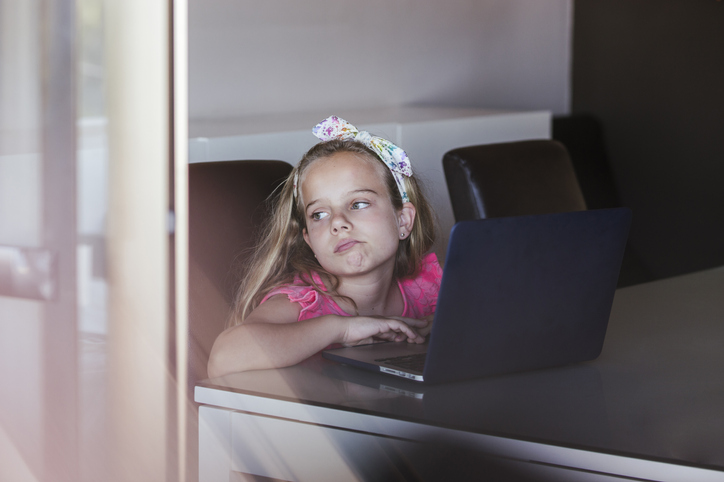 |
|
Both the prevalence of myopia and mean SER for children six to eight returned to their pre-pandemic levels. Photo: Getty Images. |
The COVID-19 pandemic and its related restrictions persisted for two years after December 2019. Researchers in China believe that the pandemic’s duration and intensity had a significant effect on visual health. Progression of myopia in a school-aged population due to home confinement (January to May 2021) during the COVID-19 pandemic had been previously reported. A key remaining question was whether the myopia spike in children aged six to eight persisted. The team found that the prevalence decreased after home confinement was lifted and returned to pre-pandemic levels. The burden of myopia associated with pandemic-related restrictions among those children was not evident in subsequent cohorts of school-aged children.1
A total of 325,443 children participated in the study (51.4% boys, age range: six to 13). Compared with 2020, the mean spherical equivalent refraction (SER) of children in 2021 increased significantly for those aged six (0.42D) and eight (0.33D). The prevalence of myopia in 2021 was similar to 2019 for each age group (age six: 7.9% vs 5.7%, age seven: 13.9% vs 13.6%, age eight: 29.5% vs 26.2%). Both the prevalence of myopia and mean SER for these children returned to their pre-pandemic levels.
“Younger children are in a critical period of myopia development, and this study’s findings indicated that refractive development in young children may be susceptible to environmental changes,” the authors wrote in their paper published in JAMA Ophthalmology. “These findings support the premise that this age range is a critical period for myopia development and suggest a need to focus preventive interventions for myopia control on children in this age range.”1
A commentary also published in JAMA Ophthalmology noted, “The most likely explanation for this reversal in myopia is that the lack of cycloplegia in the examination protocol gave a spurious result in children who had spent nearly two months looking at their close environment and may have developed accommodative spasm.”2
The authors of the commentary also proposed that the children’s testing distance changed in this study as part of physical distancing measures as another additional confounder may also have affected the results.
Additionally, they mentioned that it is difficult to know whether countries without the very high rates of myopia in primary school-aged children had a similar rise and fall.
“We need to know what has happened in cities and regions with lower rates of myopia and particularly those cities with very prolonged lockdowns, such as Melbourne, Australia and Buenos Aires, Argentina,” the author wrote. “Are there existing pre-COVID studies of cycloplegic refractions and axial length that could be compared with those of current populations?”2
1. Wang J, Han Y, Musch DC, et al. Evaluation and follow-up of myopia prevalence among school-aged children subsequent to the COVID-19 home confinement in Feicheng, China. JAMA Ophthalmol. February 23, 2023. [Epub ahead of print]. 2. Mackey DA, Lee SSY. When two epidemics collide—COVID-19 and Myopia. JAMA Ophthalmol. February 23, 2023. [Epub ahead of print]. |

